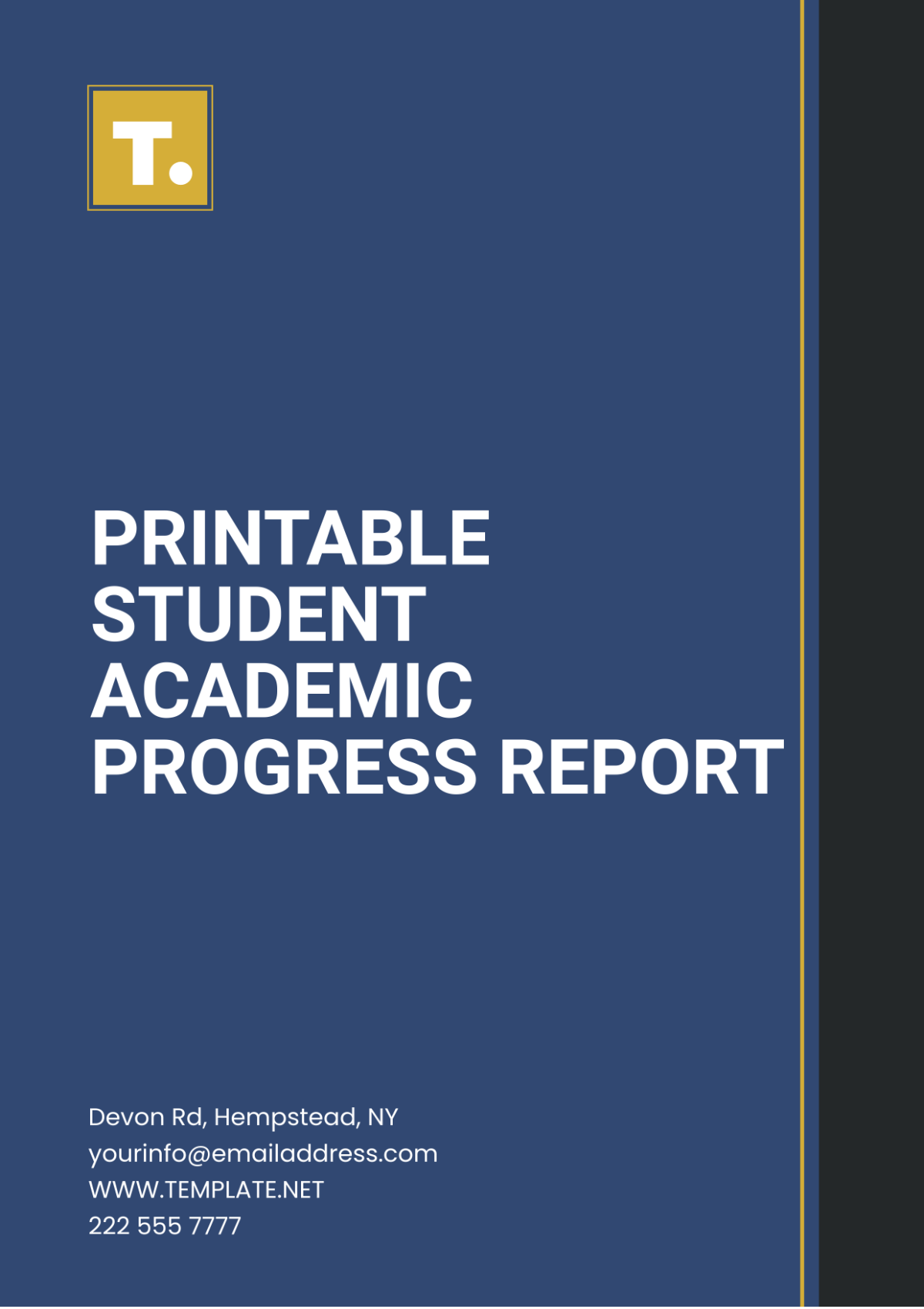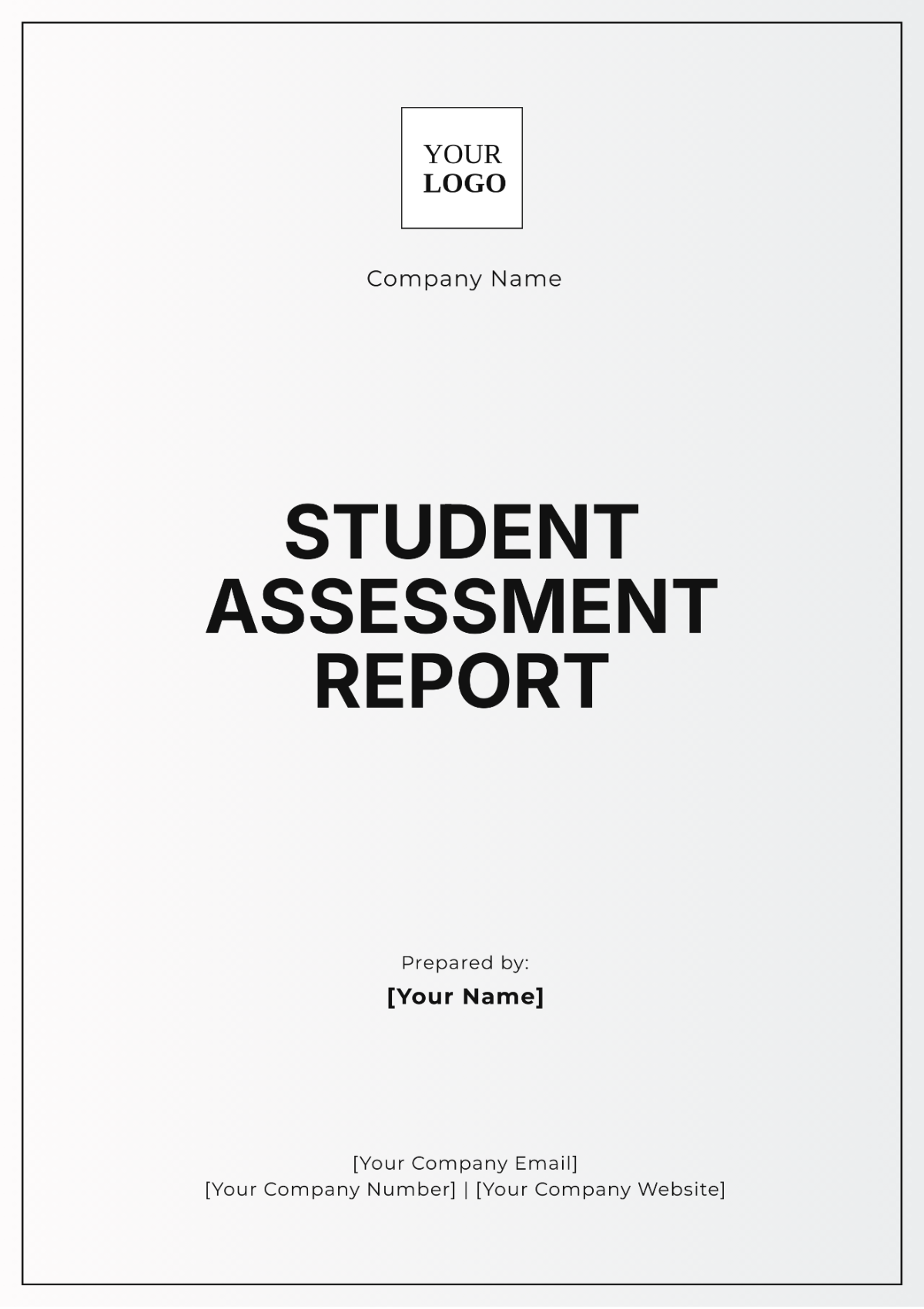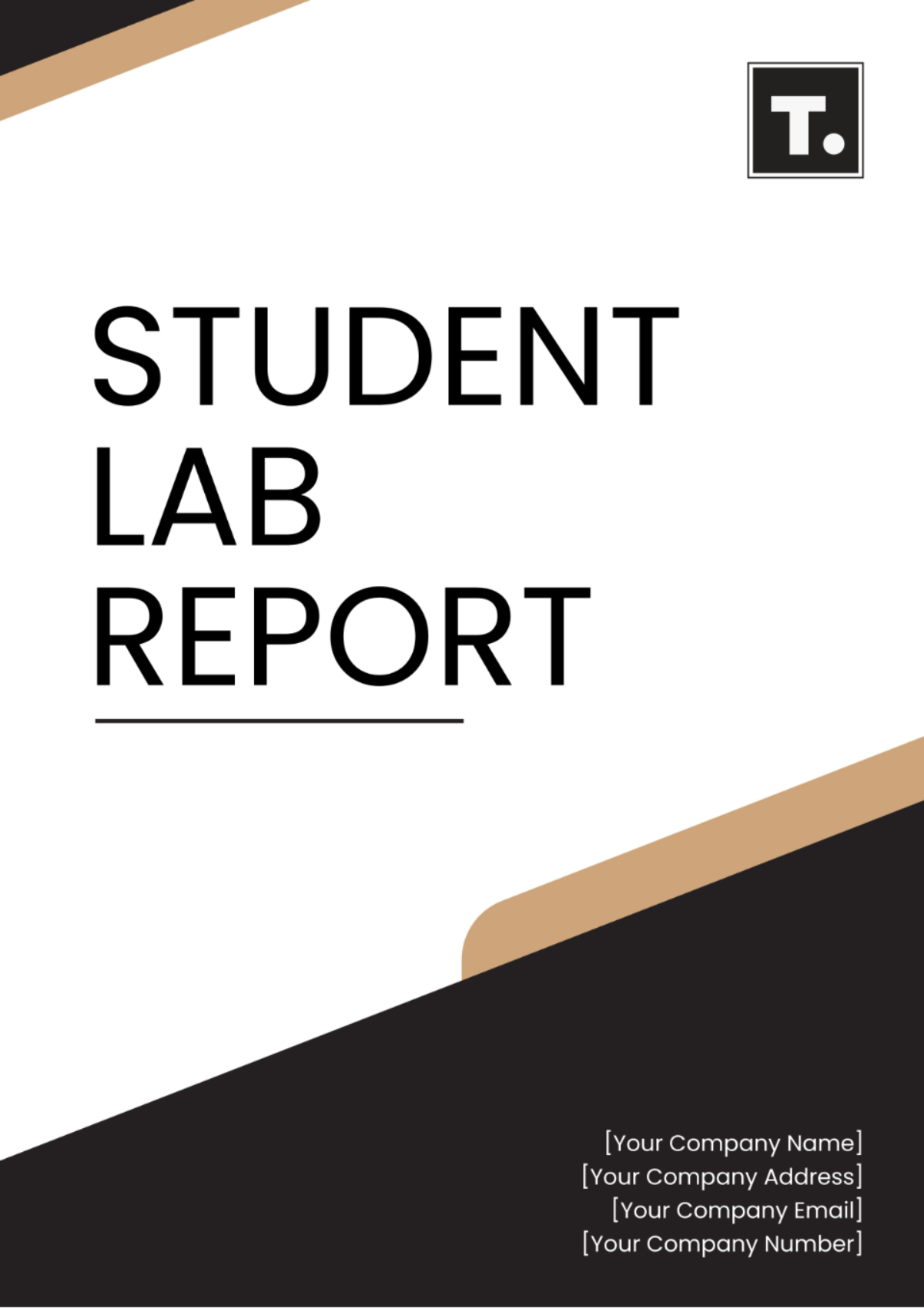Student Lab Report
I. Title and Author Information
Experiment Title: The Effects of Light Intensity on Plant Growth
Prepared By: [Your Name]
Email: [Your Email]
II. Abstract
This experiment aims to examine how varying light intensities affect the growth rates of a specific plant species, using controlled environmental conditions and consistent measurement techniques.
III. Introduction
The purpose of this experiment is to study the correlation between light intensity and plant growth, contributing valuable insights to the field of botany and agricultural sciences.
IV. Materials and Methods
A. Materials
Plant species: Arabidopsis thaliana
Light sources of varying intensities
Growth chambers
Soil and fertilizers specific to Arabidopsis thaliana
Rulers and measuring tools
Data recording sheets
B. Methods
Plant seeds in uniform pots with consistent soil composition.
Distribute plants evenly in growth chambers with different light intensities: 100%, 75%, 50%, 25%.
Water plants uniformly and maintain consistent temperature and humidity across chambers.
Measure plant height weekly for 12 weeks using a ruler.
Record data in the data log sheet for analysis.
V. Results
Week | 100% Light Intensity (cm) | 75% Light Intensity (cm) | 50% Light Intensity (cm) | 25% Light Intensity (cm) |
|---|---|---|---|---|
1 | 2.1 | 1.8 | 1.6 | 1.2 |
2 | 3.5 | 3.0 | 2.7 | 2.0 |
VI. Discussion
The data suggests a clear positive relationship between light intensity and plant growth rates. Plants exposed to higher light intensities demonstrated faster and more consistent growth compared to those exposed to lower light intensities.
VII. Conclusion
This experiment confirms that light intensity significantly impacts plant growth, contributing to the broader understanding of optimal agricultural practices.
VIII. References
Smith, J., et al. (2049). The Role of Light in Plant Growth. Plant Science Journal.
Johnson, L. (2047). Photosynthesis and Light Intensity. Agricultural Research Review.

















































